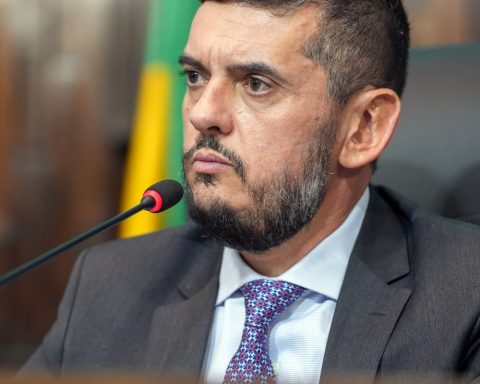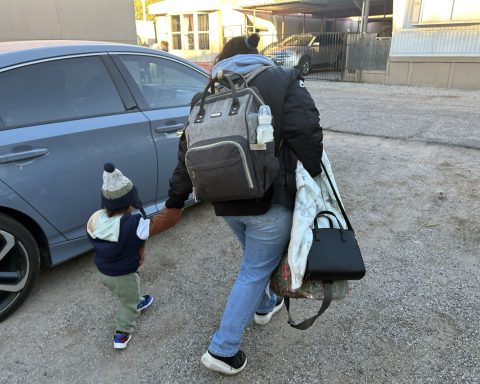Burnout syndrome came to be recognized as a work-related phenomenon by the World Health Organization (WHO). The assumption of this condition became effective this January, with the entry into force of the new International Statistical Classification of Diseases and Related Health Problems (ICD-11).
The syndrome is defined by the WHO as “resulting from chronic stress associated with the workplace that has not been adequately managed”. According to the characterization of the entity, there are three dimensions that make up the condition.
The first of these is the feeling of exhaustion or lack of energy. The second is feelings of negativism, cynicism, or distance from work. The third is the feeling of ineffectiveness and lack of accomplishment.
The WHO clarifies that the Burnout syndrome refers specifically to a phenomenon directly linked to work relationships and cannot be applied to other areas or life contexts of individuals.
According to labor lawyer Vinícius Cascone, in Brazil, the Ministry of Health has recognized the syndrome as a work-related condition since 1999.
If a worker recognizes symptoms, he or she should see a doctor for a professional analysis. The doctor assesses whether or not the employee should be removed from their duties. The company must pay for the payment if the removal is up to 15 days.
After this period, the employee will be submitted to an expert examination by the National Institute of Social Security (INSS) so that the agency can analyze and, confirming the diagnosis, bear the cost of the removal for a longer period of time. It is also necessary to open a work accident report.
Cascone explains that if the employer does not provide the referral in case of removal, the worker can directly seek the INSS or file a lawsuit if the agency refuses.
To Agência Brasil, the National Institute of Social Security (INSS) informed that the beginning of the new list of diseases will require an update of internal regulations, which will occur “little by little”.
According to the agency, the right to benefits associated with temporary leave is guaranteed to those who prove inability to perform the work.
Desktop
Lawyer Lívia Vilela was diagnosed with the syndrome in 2019. She had worked in a public company since 2011. According to Lívia, the company was scrapped and the work environment was not good.
Lívia says that after taking over the position, she found an unstructured space, with a high workload and great responsibility, without support from within the company’s management. This situation caused a lot of wear on her. In addition, there was a significant salary disparity among workers in the area it was part of.
“Burnout came in 2018. I realized I wasn’t doing well. I started having problems driving, because I associated it with the work environment. I was discouraged and didn’t want to be there. I started to have strong bouts of depression and anxiety, insomnia”, she reports.
The lawyer was taken to the doctor and removed from work. Then, he started to act remotely, which followed due to the pandemic. With the privatization of the public company, she decided to give up her career.














